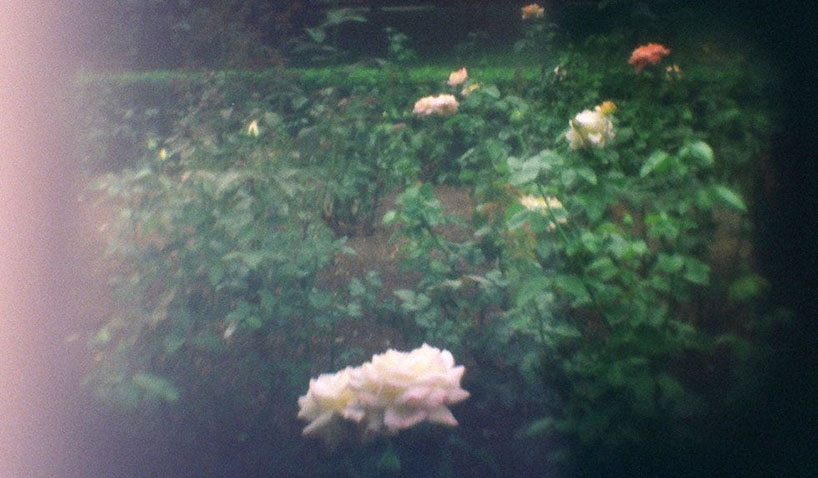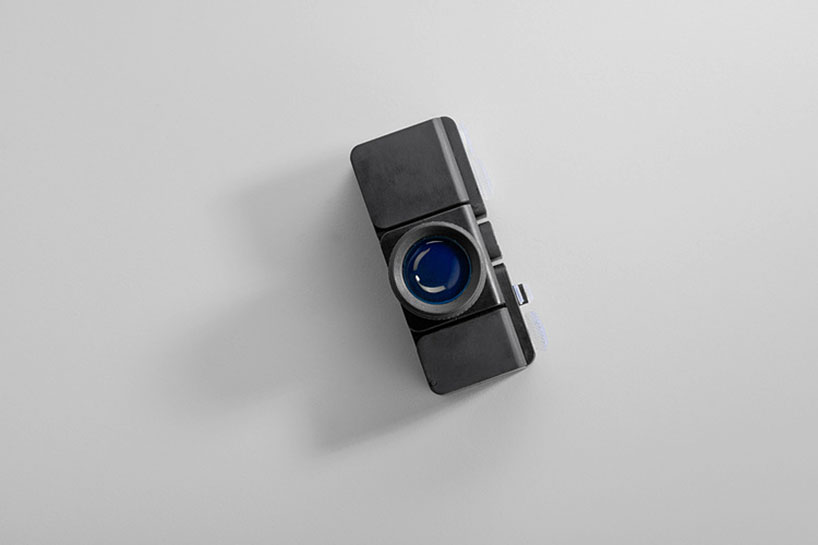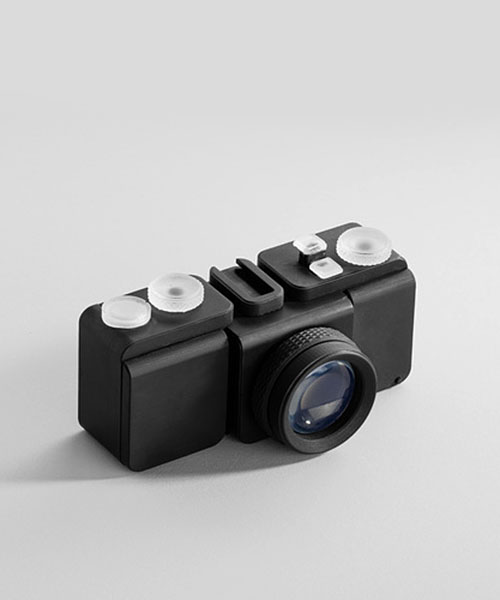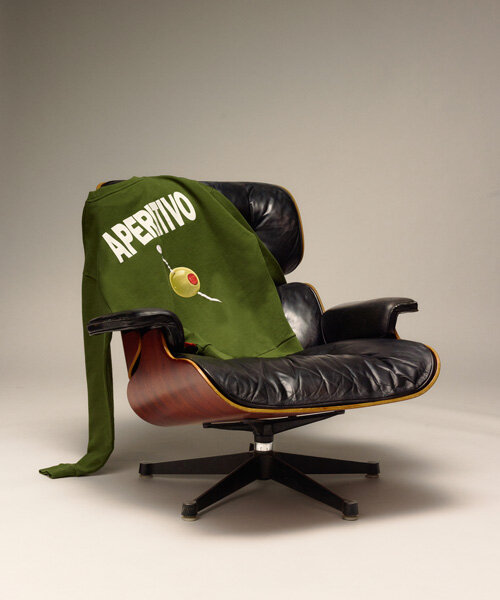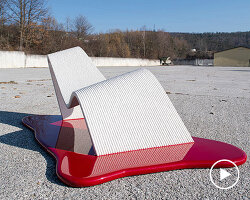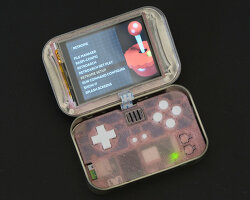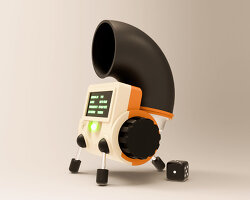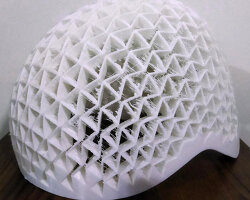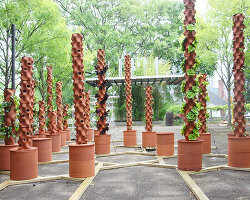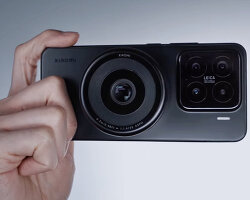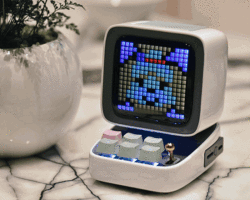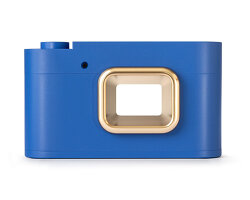some people take photos to record moments for the future, others take photos to enlarge the present. designer amos dudley has always assumed a camera should be impartial–sharp and bright, lacking consideration or mystery, randomness or error–lately we’re asked to apply a filter to add a gloss of emotion after the fact. analog photography takes the sense of a moment and turns it into a tangible image. 3D printing turns the content of our thoughts into real shape and form. the designer wanted to know if there’s a more authentic photograph to be found at the intersection of design and photography, so he made a fully functional 35 mm camera with only a 3D printer.
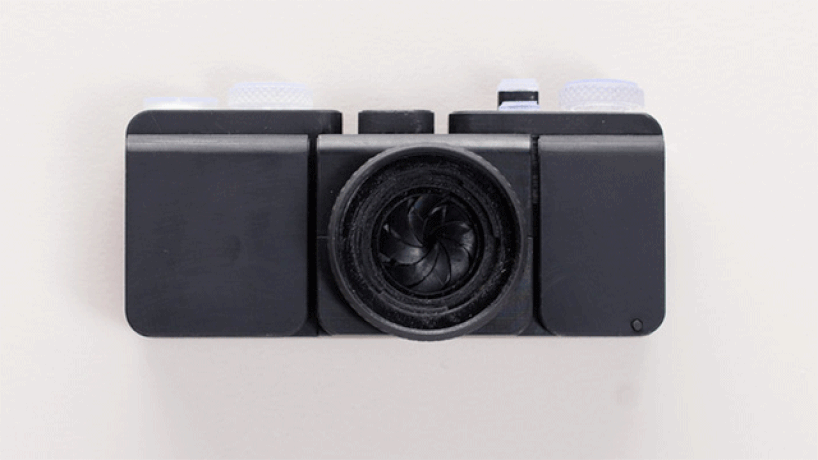
analog photography makes memories tangible
35 mm is the most common film standard, and the natural choice for a mechanical shutter. it’s also the only film size that’s still relatively easy to get developed at a reasonable price. the choice of a film size informs many aspects of a camera’s design and function. 35 mm film defines a camera as a handheld portable–and a lens from a 35 mm camera can be used on a full-frame digital camera, as well as smaller sensors such as the olympus micro 4/3.
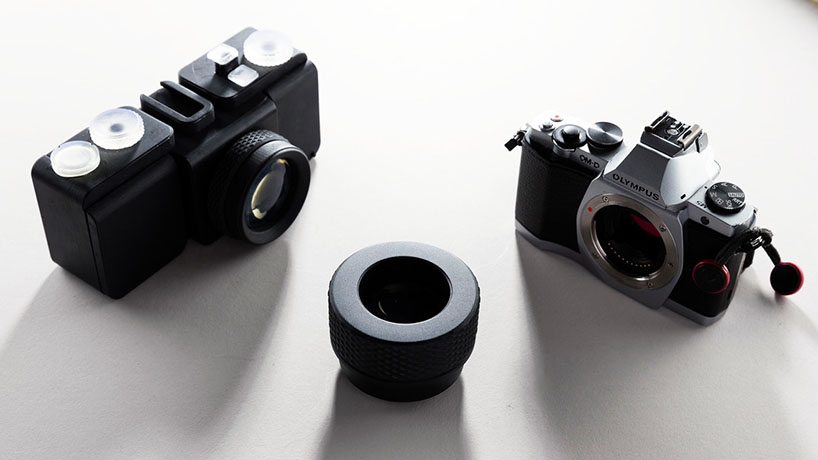
a 35 mm camera lens can be used on a full-frame digital camera
a 3D printed camera body could have any form, but dudley has decided to optimize the design for printing speed and material usage. most of the larger parts are designed without overhangs in one orientation, so they can be printed without supports, straight off the build platform. separating the body into modules allows each camera component to be prototyped individually. the shutter and lens are modules, and can be swapped out for different designs without reprinting the entire camera.
creating a lens with a 3D printer proved challenging–a typical FDM printer won’t provide the accuracy. a lens is the single most important part of a camera, as it’s the largest factor in the quality of the image. the surface smoothness of a lens needs be exceptionally high for light to focus across an imaging plane. a stereolithography printer can make a lens because the parts can be solid; hard; uniform; and clear. for added accuracy, he started sanding by hand at 400 grit and went up to 12000 grit by increments of 200, and a set of micro-mesh polishing pads.
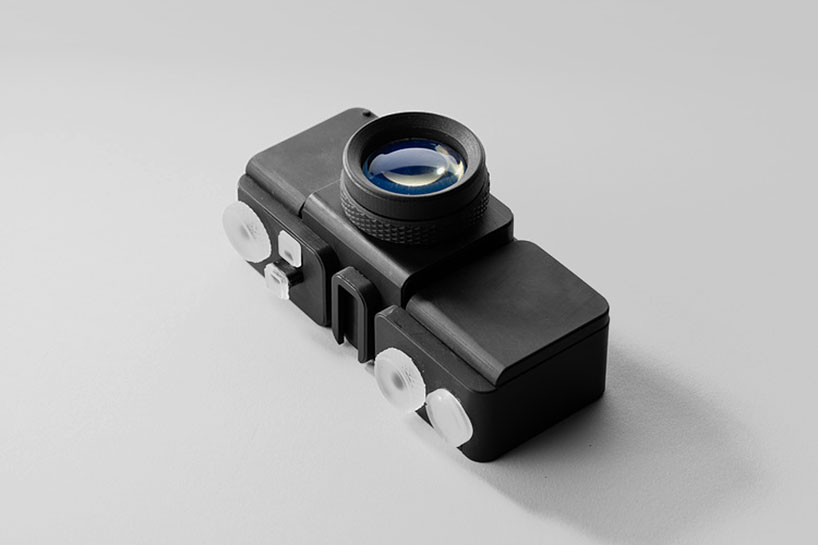
lens created with a stereolithography printer
the lens is 3D printed using a formlabs SLA printer and clear resin, with some polishing. the printed optics then needs to be polished: sanding by hand was tested, however visible micro-scratches were detectable and precision control was an issue. dudley even designed and 3D printed his own automatic lens polishing machine but found that it couldn’t easily be used for the whole polishing process, so he opted to dip a lens in resin and cure it under UV light. the thin layer of resin serves to fill the layers and scratches on the surface of the lens to give the desired smooth surface.
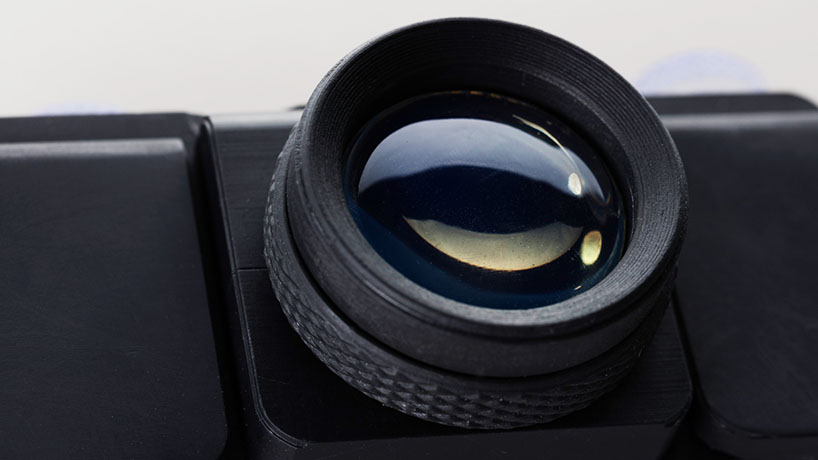
polishing the lens proved challenging
the camera’s shutter is based on a the wollaston prism design from 1885, which was digitally replicated and then modified to fit the 3D printed camera. the shutter speed is manually adjusted by the speed of the press of the release buttons to the top of the camera housing. an adjustable aperture opens and closes with the twist of a ring behind the lens mount.
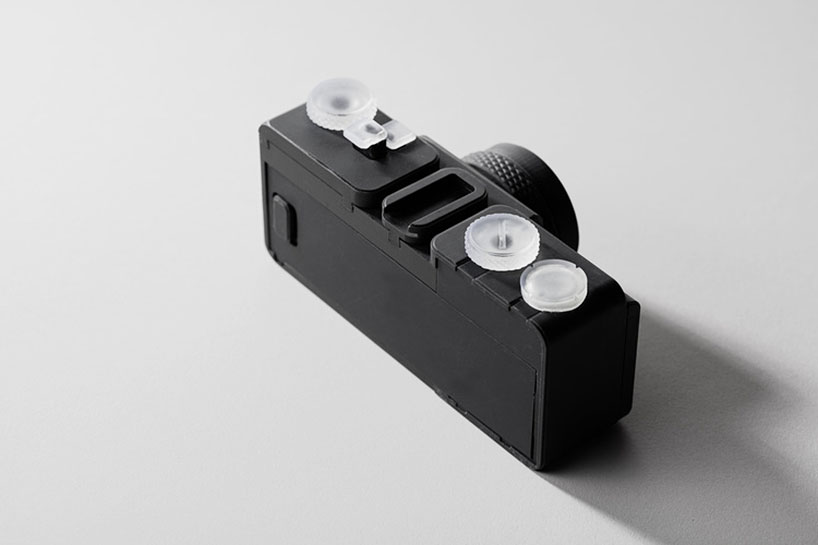
flash holder features in design
a photographic film cartridge is loaded into the camera through the back door and fed onto takeup spools. a set of printed gears ensures that the film is wound on at the correct speed and an indicator shows when the next frame has been reached–six complete turns of the indicator signifies a 24-shot roll of film–like a very ‘old school’ compact camera.
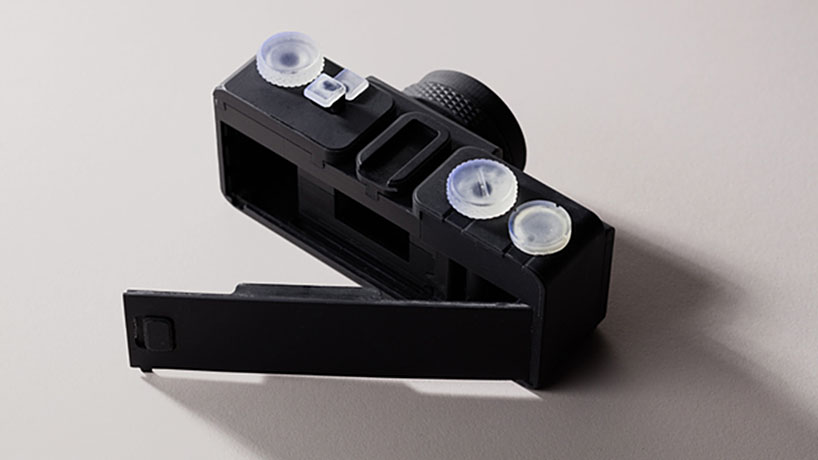
printed gears holds the film in place
as you can see from the sample image below, the ‘SLO camera’ (single lens objective) certainly isn’t going to emerge victorious in a ‘detail is everything’ photography contest, but does that really matter? it’s the first fully working, 3D printed color camera, and it’s capable of capturing images with a unique, vibrant, and sometimes blurry style, reminiscent of lomography cameras. if you are interested in making your very own 35 mm camera, you can download the CAD files here and view detailed instructions here.
